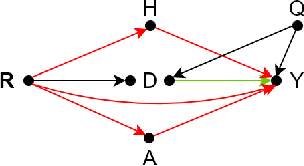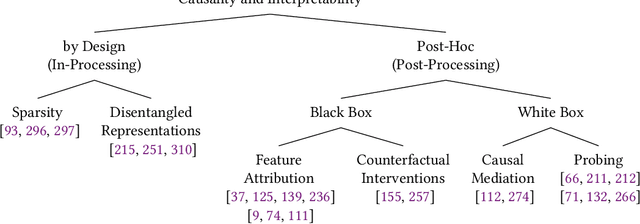Johanna Schrader
How Real Is Real? A Human Evaluation Framework for Unrestricted Adversarial Examples
Apr 19, 2024


Abstract:With an ever-increasing reliance on machine learning (ML) models in the real world, adversarial examples threaten the safety of AI-based systems such as autonomous vehicles. In the image domain, they represent maliciously perturbed data points that look benign to humans (i.e., the image modification is not noticeable) but greatly mislead state-of-the-art ML models. Previously, researchers ensured the imperceptibility of their altered data points by restricting perturbations via $\ell_p$ norms. However, recent publications claim that creating natural-looking adversarial examples without such restrictions is also possible. With much more freedom to instill malicious information into data, these unrestricted adversarial examples can potentially overcome traditional defense strategies as they are not constrained by the limitations or patterns these defenses typically recognize and mitigate. This allows attackers to operate outside of expected threat models. However, surveying existing image-based methods, we noticed a need for more human evaluations of the proposed image modifications. Based on existing human-assessment frameworks for image generation quality, we propose SCOOTER - an evaluation framework for unrestricted image-based attacks. It provides researchers with guidelines for conducting statistically significant human experiments, standardized questions, and a ready-to-use implementation. We propose a framework that allows researchers to analyze how imperceptible their unrestricted attacks truly are.
A Review of the Role of Causality in Developing Trustworthy AI Systems
Feb 14, 2023



Abstract:State-of-the-art AI models largely lack an understanding of the cause-effect relationship that governs human understanding of the real world. Consequently, these models do not generalize to unseen data, often produce unfair results, and are difficult to interpret. This has led to efforts to improve the trustworthiness aspects of AI models. Recently, causal modeling and inference methods have emerged as powerful tools. This review aims to provide the reader with an overview of causal methods that have been developed to improve the trustworthiness of AI models. We hope that our contribution will motivate future research on causality-based solutions for trustworthy AI.
 Add to Chrome
Add to Chrome Add to Firefox
Add to Firefox Add to Edge
Add to Edge